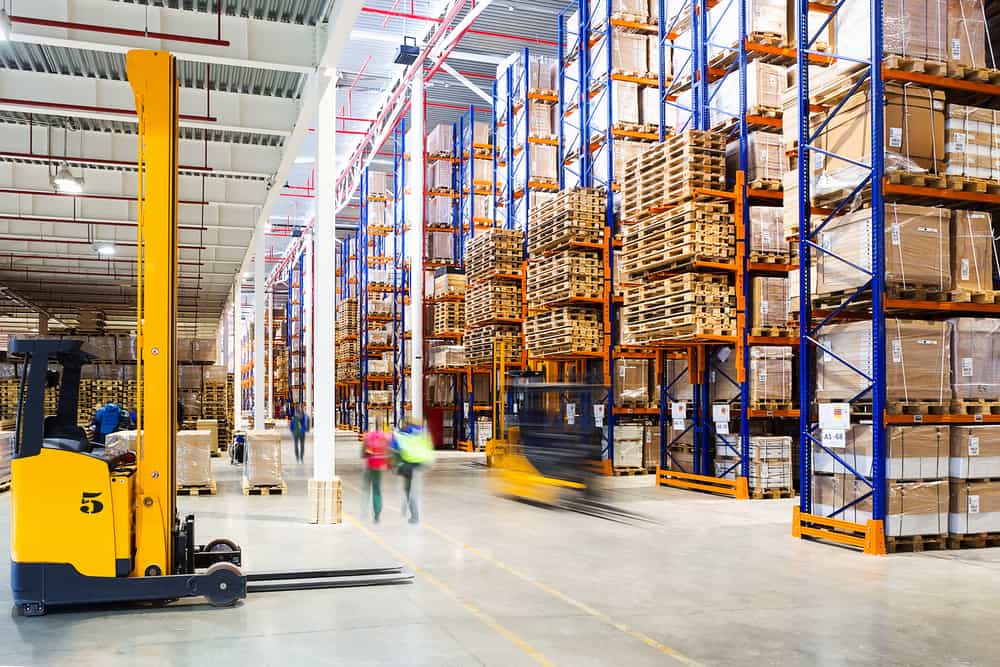We all know the famous real estate mantra – location, location, location – in regard to homes and businesses, but in the shipping world, location is just as important, too.
A port’s location is thought out in relation to integral lifelines like access to different modes of inbound transportation and depots, but just how much thought must go into where we locate our warehouses? Whether cargo owners plan to rent, buy an already existing warehouse, or build their own, there are key factors that must be taken into consideration before making such an important and impacting decision.
1. Customer Location
Whether your cargo is PVC Resin or craft beer being sold in a retail store, it is important to consider where the final customer is located. The warehouse must be close enough that delivery and distribution do not experience consistent delays and that shipping to the final customer does not reach exponential costs. Customer location is not only relevant to smaller, domestic businesses and distributors, but also to international shipments. If your warehouse is located in Seattle but your primary customer base is in Mersin, your warehouse should be located near a railway that can easily move the cargo to a seaport with the lowest transit time and cost comparison for this trade lane. Customer satisfaction is directly linked to how quickly and conveniently they can receive their product, and warehouse location can greatly affect that final link.
2. Supplier Location
Similar to customer location, supplier or vendor location is vital when choosing a warehouse location. It is imperative to position a warehouse strategically in order to reduce the risk of delays of goods from suppliers as a result of delays experienced along the transit route. The fewer links there are, the lower the risk of delays and disruptions. As with customer location, this is relevant not only for domestic suppliers but also for those located around the world. Companies receiving goods from international suppliers must ensure that they have access to the most reliable inbound services and the shortest transit times both of which vary heavily depending on their location.
3. Factory Location
Warehouses are not always located directly next to a factory given the many factors that must be considered when choosing the right location; if the factory isn’t conveniently located, then the warehouse should not be put in the same position. Though the factory location shouldn’t dictate that of the warehouse, it should still play an important role when choosing where to put the warehouse. As with the previous factors, transportation is key. The link between the factory and the warehouse should never experience delays due to transit, so the closer, the better, or at least, the most strategically located, the better.
4. Transportation
As we’ve seen thus far, with every factor we must consider when choosing a warehouse, the key word has been transportation. Both inland transportation and outbound transportation (specifically international, depending on the reach of your business and its cargo) must be taken into account. As was noted with customer location, distributing the cargo must be cost-effective and fast, with as little room for delay or damage as possible. Locating your warehouse near an airport or seaport, near a railway or an area that does not experience trucker shortages can have a huge impact on the efficacy of your business.
These factors are the most integral when planning where to locate a warehouse and must all be considered simultaneously and with equal weight.
Although transportation is a topic continually mentioned, it cannot be the only factor considered. Furthermore, there are additional factors that must also be taken into account, like workforce availability. Locating a warehouse in an area with little to no workforce means constant shortages and delays due to labor, and projected growth. It would waste time and money to choose a warehouse only to grow out of it within a couple of years, so you must consider the projected growth rate of your business and how much space it will need in the future.
Many schools offer Supply Chain Management courses which not only explain the theoretical data behind choosing the correct warehouse location, but also equip students with numerical data and how to obtain such data. Microsoft Excel, for instance, offers formulas designed specifically for providing numerical forecasts of the best warehouse location in relation to the three main elements: manufacturing location, distribution center, and retail center. But should you have any questions, you can always contact MTS Logistics.




